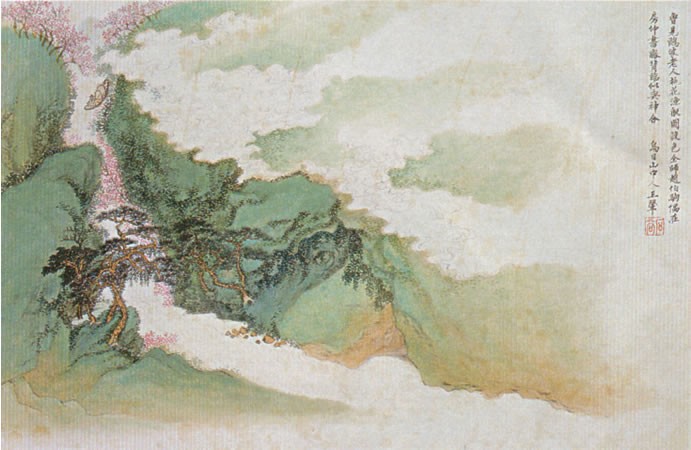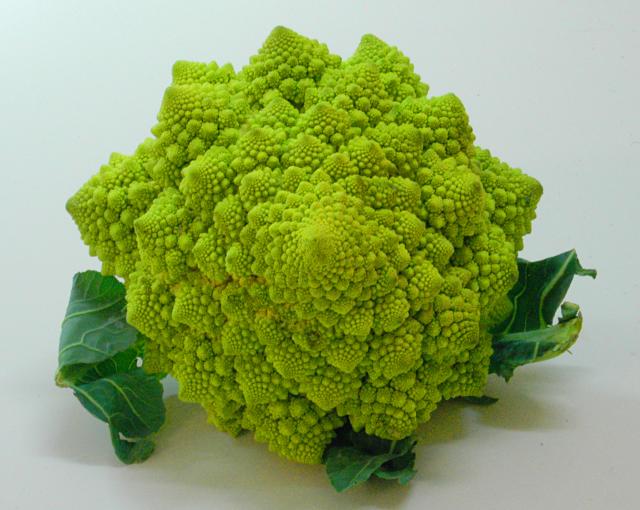This passage from Huxley's Heaven and Hell gives a great take on the two "types" of storytelling that have been taking place in our class -- the Google Earth birds-eye view and the zoom-in extreme-close-up "grain of the wood."
Aldous Huxley
Heaven and Hell, pg. 127-130
Let us begin by asking a question. What landscapes -- or, more generally, what representations of natural objects -- are most transporting, most intrinsically vision inducing? In the light of my own experience and of what I have heard other people say about their relations to works of art, I will wisk an answer. Other things being equal (for nothing can make up for lack of talent), the most transporting landscapes are, first, those which represent natural objects a very long way off, and, second-- those which represent them at close range.
Distance lends enchantment to the view; but so does propinquity. A Sung painting of faraway mountains, clouds and torrents is transprting; but so are the close-ups of tropical leaves in the Douanier Rosseau's jungles. When I look at the Sung landscape, I am reminded (or one of my not-I's is reminded) of the crags, the boundless expanses of plain, the luminous skies and seas of the mind's antipodes. And those emergences into the mist and cloud, those sudden emergences of some strange, intensely definite form, a weathered rock, for example, an ancient pine tree twisted by years of strugle with the wind -- these too, are transporting. For they remind me, consciously or unconsciously, of the Other World's essential alienness and unaccountability.

It is the same with the close-up. I look at those leaves with their architecture of veins, their stripes and mottlings, I peer into the depths of interlacing greenery, and something in me is reminded of those living patterns, so characteristic of the visionary world, of those endless births and proliferations of geometrical forms that turn into objects, of things that are forever being transmuted into other things.
The painted close-up of a jungle is what, in one of its aspects, the Other World is like, and so it transports me, it makes me see with eyes that transfigure a work of art into something else, something beyond art.

I remember -- very vividly, though it took place many years ago -- a conversation with Roger Fry. We were talking about Monet's "Water Lilies." They had no right, Roger kept insisting, to be so shockingly unorganized, so totally without a proper compositional skeleton. They were all wrong, artistically speaking. And yet, he had to admit, and yet... And yet, as I should now say, they were transporting. An artist of astounding virtuosity had chosen to paint a close-up of natural objects seen in their own context and without reference to merely human notions of what's what, or what ought to be what. Man, we like to say, is the measure of all things. For Monet, on this occassion, water lilies were the measure of water lilies; and so he painted them.

The same non-human point of view must be adopted by an artist who tries to render the distant scene. How tiny, in the Chinese painting, are the travelers who make their way along the valley! How frail the bamboo hut on the slope above them! And all the rest of the vast landscape is emptiness and silence. This relevation of the wilderness, living its own life according to the laws of its own being, transports the mind toward its antipodes, for primeval Nature bears a strange resemblance to that inner world where no account is taken of our personal wishes of even of the enduring concerns of man in general.
Only the middle distance and what may be called the remoter foreground are strictly human. When we look very near or very far, man either vanishes altogether or loses his primacy. The astronomer looks even further afield than the Sung painter and sees even less of human life. At the other end of the scale the physicist, the chemist, the physiologist pursue the close-up -- the cellular close-up, the molecular, the atomic and sub-atomic. Of that which, at twenty feet, even at arm's length, looked and sounded like a human being no trace remains.
Something analogous happens to the myopic artist and the happy lover. In the nupital embrace personality is melted down; the individual (it is the recurrent theme of Lawrence's poems and novels) ceases to be himself and becomes a part of the vast impersonal universe.
And so it is with the artist who chooses to use his eyes at the near point. In his work humanity loses its importance, even disappears completely. Instead of men and women playing their fantastic tricks before high heaven, we are asked to consider the lilies, to meditate on the unearthly beauty of "mere things," when isolated from their utilitarian context and rendered as they are, in and for themselves. Alternatively (or, at an earlier stage of artistic development, exclusively) the non-human world of the near point is rendered in patterns. These patterns are abstracted for the most part from leaves and flowers -- the rose, the lotus, the acanthus, palm, papyrus -- and are elaborated, with recurrences and variations, into something transportingly reminiscent of the living geometries of the Other World.

The Doors of Perception
Comments (0)
You don't have permission to comment on this page.